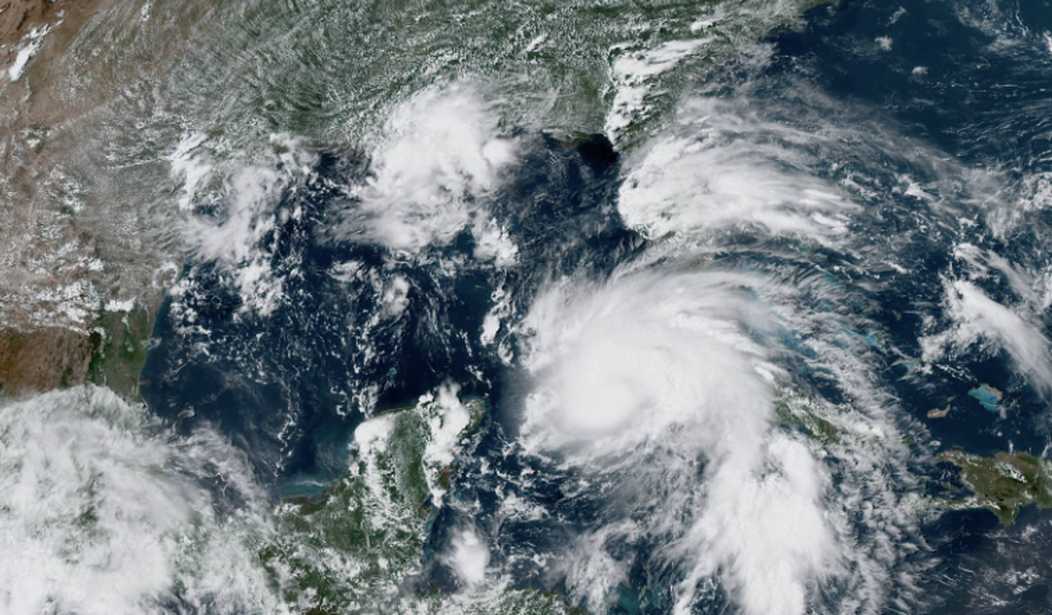With everything else going on, it is sometimes difficult to remember that the southeastern portion of Louisiana is still largely without power and, in some cases, will be without it for a while. Unless, of course, you live in the state.
If you live in Louisiana, you see fuel prices on the rise. All over the state (not just in the storm-hit areas), there are critical gas shortages. People are fleeing via the highways and interstates and are being told “don’t come back yet“. Numerous refineries and processing plants were closed ahead of the storms, which is only making the problem there worse.
But as bad as the gas crisis is all over the state, it is the power crisis in the southeastern part of the state that is even worse.
Entergy, which is one of the biggest energy providers in the state, is the company at the forefront of the crisis, and they are working at what feels like a snail’s pace to get the problems fixed. But, the problems for them are insanely challenging and possibly self-inflicted, according to the Washington Post.
The company, attempting to reassure people who were in the affected areas, put out a list of places and a timeline by which those places would be receiving power. Unfortunately, it appears that customers were hoping that was more than just optimism on the part of Entergy.
It is bewildering that Entergy would proactively put out a list of neighborhoods that would have power within 24 hours and just completely strike out on delivering.
— Jeff Asher (@Crimealytics) September 5, 2021
My neighbors and I just got the text from @EntergyNOLA saying restoration in our area is complete and our power should be back on. It ain't.
— Gordon Russell (@GordonRussell1) September 6, 2021
However, it does not appear that all of the blame can or should be thrust on Entergy, which has been battling the City of New Orleans over demands that they as a company move as close to zero carbon emissions as possible.
In May, the council adopted a “renewable and clean portfolio standard” that requires Entergy to meet certain targets for weaning off fossil fuels and severely reducing carbon emissions by 2050. Advocates for renewable energy said the effort falls short of their ambitious goals for a city grappling with more frequent and ferocious storms due to climate change.
A coalition of environmental groups wanted to require Entergy to invest more aggressively in solar power, battery power and microgrids that could be used to power pockets of the city in the event of a natural disaster. And the advocates criticized the council’s decision for not accepting their proposed restrictions on nuclear energy.
In response to the calls by climate activists, the company said, “Continuing to insist on a 100% renewable-powered electric grid as a feasible solution to address climate change, when volumes of scientific and industry studies demonstrate otherwise, is the intellectual equivalent to denying that climate change exists.”
Those same environmentalists, the Washington Post piece goes on to say, lost a legal battle to keep a $210 million natural gas power plant from opening. But, Entergy had not gotten the facility up and running ahead of Ida, either.
Honestly, with everything else going on, Louisiana certainly deserves better than pointless political fights between energy companies and activist groups. It deserves better than aging infrastructure and a routinely corrupt process of granting contracts to companies or letting them skate by when they break the rules.
And if we’re being really honest about all this, one of the biggest factors in energy being such a hassle in not just Louisiana but California, New York, and elsewhere is the fact that those environmentalist groups absolutely lose their minds when you mention nuclear power — despite the fact that it is the cleanest and safest form of energy out there.
A working nuclear power plant means New Orleans and the surrounding areas in southeast Louisiana could get power back faster. It means that California and New York don’t have to have rolling blackouts whenever they are fighting fires or suffering extreme heatwaves.
It also means that Texas doesn’t have to deal so much with a statewide power crisis during an unexpected freeze.
A large chunk of the state continues to be without power. But they wouldn’t have to be if government and energy providers remembered what was at stake in times of crisis.














Join the conversation as a VIP Member